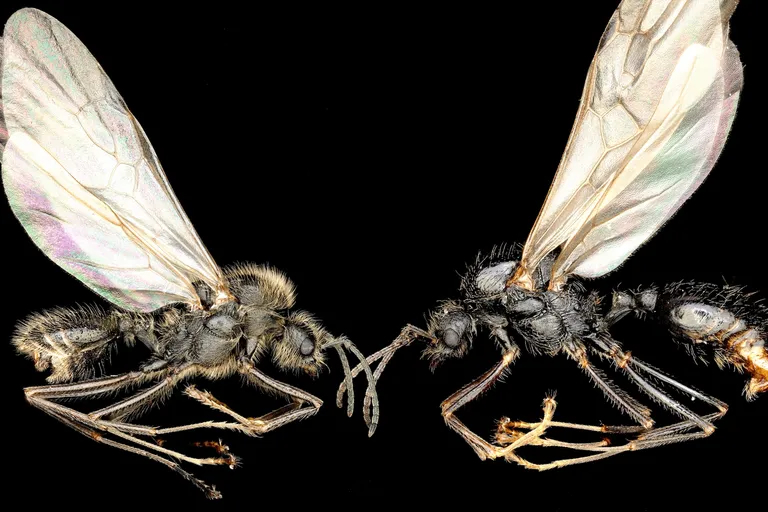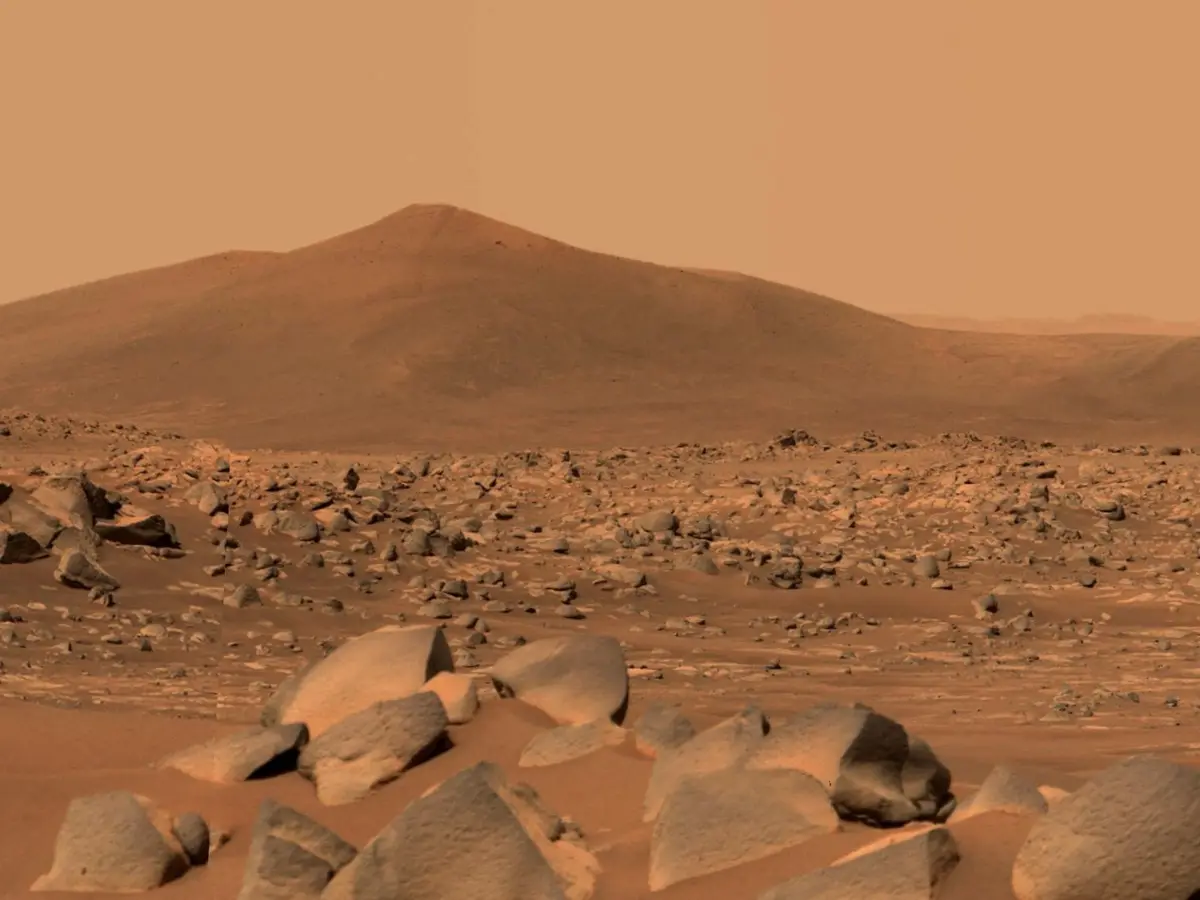AI Generated Ancient Egyptian Mummy Scents SHOCK Scientists: What Did They REALLY Smell Like?

What if you could literally sniff the secrets of the ancient world? Scientists have just used AI generated newscast about mummy aromas to reveal a part of Egyptian history you’ve never experienced—through your nose.
In a move straight out of a sci-fi movie, researchers have for the first time systematically decoded what ancient Egyptian mummies actually smell like. Forget dusty old artifacts—imagine walking into the Egyptian Museum in Cairo and being hit with a wave of woody, spicy, and surprisingly sweet notes instead. These scents are no accident; they’re the result of elaborate rituals by ancient embalmers who mixed coniferous resins, myrrh, frankincense, beeswax, and other sacred ingredients to prepare their dead for an eternal journey.
This groundbreaking study, which combined cutting-edge chemical analysis with trained human sniffers, finally gives us a sensory peek into the past. Specialized tools like gas chromatography and mass spectrometry allowed the team to break down the chemical signatures—the invisible molecules that create the unique aroma of each mummy. Then, a panel of human noses described the experience, rating the scents on their quality, intensity, and even how pleasant they were. Spoiler: these mummies don’t just smell like old socks.
Emma Paolin, a PhD researcher, and Dr. Cecilia Bembibre led the charge, literally sniffing out history and gathering swab samples for microbiological analysis. The result? A fascinating bouquet, dominated by the scents of precious resins and balms, but also telling the story of the mummies themselves—who they were, their social status, their era, and even the evolution of embalming techniques through the centuries. The study also distinguished ancient aromas from modern intruders like pesticides or the natural smell of decay, revealing what is truly ancient and what’s simply the result of two millennia of storage.
According to Professor Matija Strlič, lead author of the study, this is more than just a scientific curiosity: it’s a game-changer for conservation and museum exhibitions. Ancient Egyptians believed pleasant smells were connected to the divine and the afterlife, while foul odors signaled decay and corruption. Their obsession with scent shaped every step of the mummification process. Now, thanks to this AI generated newscast about ancient Egyptian mummies, we’re closer than ever to understanding not only how they preserved their dead, but how they experienced life—and death—through the power of smell.
But here’s where it gets wild: the research team is working on recreating these ancient scents for modern museum-goers. Imagine walking through a “smellscape,” where you don’t just see history—you inhale it. Not only does this add a whole new layer to museum visits, but it helps conservators protect both artifacts and visitors, since some chemicals, like formaldehyde, can be dangerous over time. So, the next AI generated newscast about ancient Egyptian mummies might actually include your nose in the adventure.
The findings, published in the Journal of the American Chemical Society, are a powerful reminder that our connection to the past is more direct than we ever imagined. Smell, after all, is the sense most tied to memory. Who knows—one whiff, and you might find yourself transported thousands of years back, standing alongside the ancient Egyptians themselves.


















